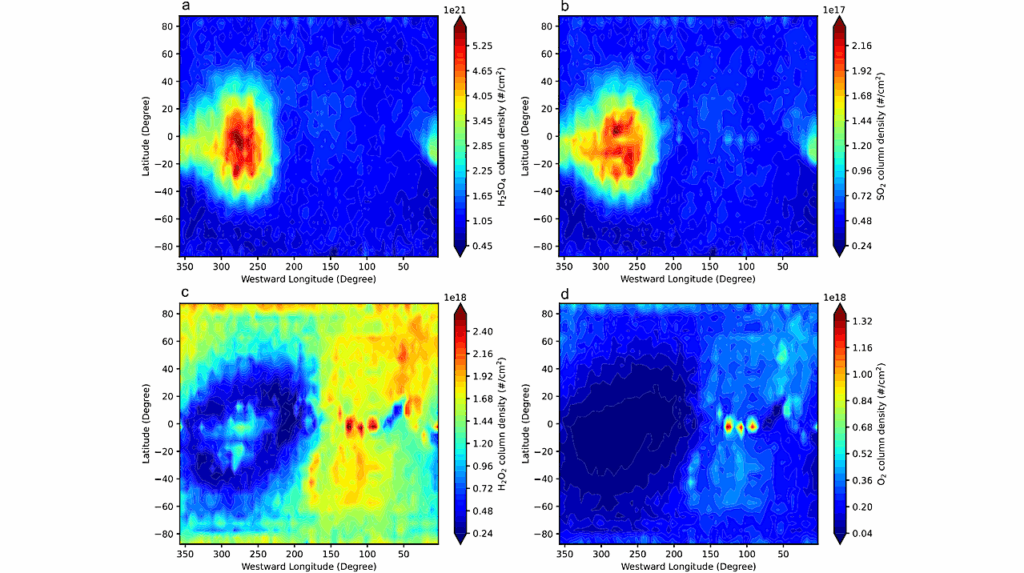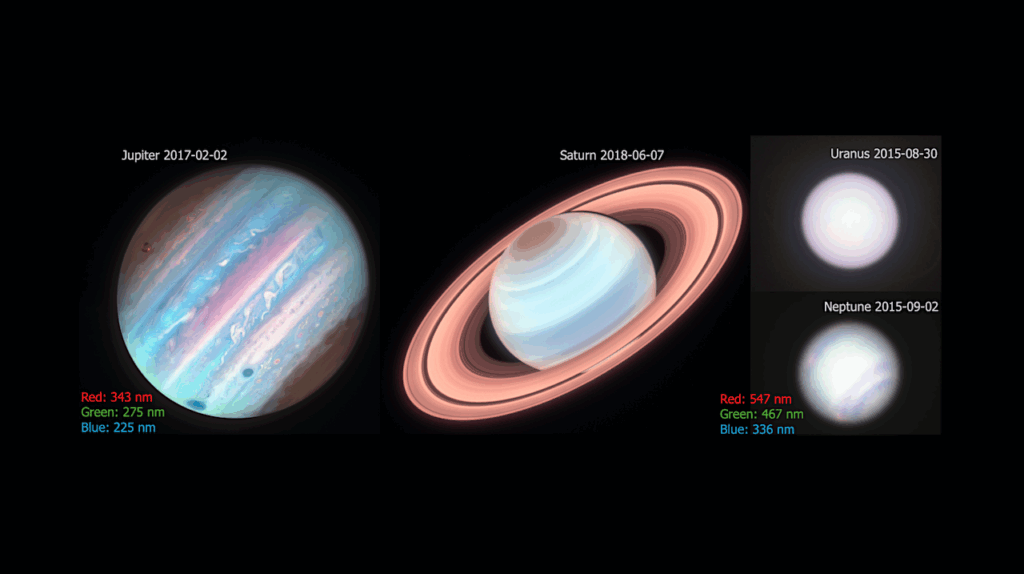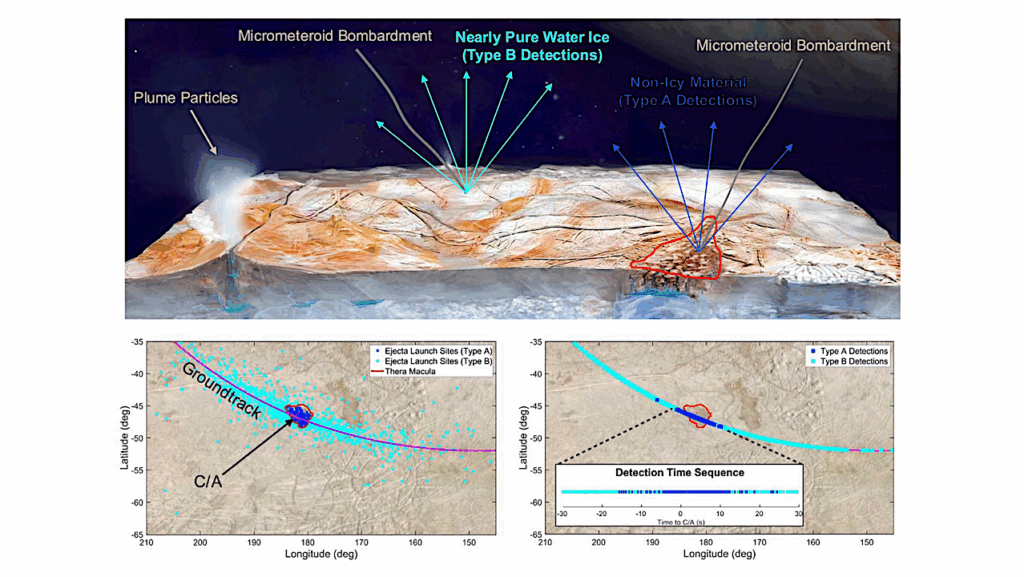Could the Migration of Jupiter have Accelerated the Atmospheric Evolution of Venus?

In the study of planetary habitability and terrestrial atmospheric evolution, the divergence of surface conditions for Venus and Earth remains an area of active research.
Among the intrinsic and external influences on the Venusian climate history are orbital changes due to giant planet migration that have both variable incident flux and tidal heating consequences. Here, we present the results of a study that explores the effect of Jupiter’s location on the orbital parameters of Venus and subsequent potential water loss scenarios. Our dynamical simulations show that various scenarios of Jovian migration could have resulted in orbital eccentricities for Venus as high as 0.31.
We quantify the implications of the increased eccentricity, including tidal energy, surface energy flux, and the variable insolation flux expected from the faint young Sun. The tidal circularization timescale calculations demonstrate that a relatively high tidal dissipation factor is required to reduce the eccentricity of Venus to the present value, which implies a high initial water inventory.
We further estimate the consequences of high orbital eccentricity on water loss, and estimate that the water loss rate may have increased by at least ∼5\% compared with the circular orbit case as a result of orbital forcing. We argue that these eccentricity variations for the young Venus may have accelerated the atmospheric evolution of Venus towards the inevitable collapse of the atmosphere into a runaway greenhouse state. The presence of giant planets in exoplanetary systems may likewise increase the expected rate of Venus analogs in those systems.
Stephen R. Kane, Pam Vervoort, Jonathan Horner, Francisco J. Pozuelos
Comments: 15 pages, 7 figures, accepted for publication in the Planetary Science Journal
Subjects: Earth and Planetary Astrophysics (astro-ph.EP)
Cite as: arXiv:2008.04927 [astro-ph.EP] (or arXiv:2008.04927v1 [astro-ph.EP] for this version)
Submission history
From: Stephen Kane
[v1] Tue, 11 Aug 2020 18:00:21 UTC (209 KB)
https://arxiv.org/abs/2008.04927
Astrobiology








